
The flipped classroom concept is when students listen to the videoed lectures and read material before class but complete all the usual homework "activities" during classtime. One of the challenges of this method is finding enough activities to demonstrate the concepts presented in the lectures that can reasonably be accomplished within the 1 or 2 hour class periods. Recently the Nutrition Assessment class was expanded from a 1 credit to a 2 credit class meaning that now there were 2 hours of class time for expanded activities. The Nutrition Assessment class usually covers both Nutrition Assessment and Nutrition Diagnosis.
The lectures are focused on the NCPT Domains of Nutrition Assessment (Client History, Anthropometric, Biochemical and Medical Procedures, Nutrition Focused Physical Findings, and Food and Nutrient History, Coimparative Standards) as well as documentation. Classroom activities were needed for students to apply principles of assessing data from each domain. Peggy had already spent considerable time developing activities, but with the class time increasing by an hour each week, decided to use the Nutrition Care Process and Terminology textbook and website to expand Nutrition Assessment (fall class) activities. The last class period includes evaluating PES statements and discussng how the PES components link to the intervention and monitoring and evaluating indicators to be covered the following semester in MNT I.
Toward the end of the semester, they spent 2 weeks on Mr Robertson’s Adult Weight Management Case, not to teach weight management, but to illustrate how to apply the nutrition assessment concepts to a particular patient. Due to the time constraints and the fact that it was the first time using the activities, Peggy opted to download and print the forms for specific activities and have student complete them on paper rather than take class time to download and complete the activities on their computers. The following activities were selected.
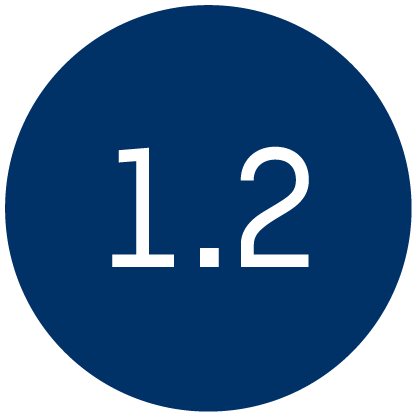 They completed Activity 1.2, Nutrition Analysis and had intended to also complete 1.4, Evaluating intake using dietary guidelines. However they ran out of class time. Peggy believes the new feature, Excel Spreadsheet vs fillable pdf, will be great. It will save time, but still give students the experience in translating foods consumed into exchanges,making it much more feasible to complete within a class period. Peggy asked that the Excel have the food items already on the sheet to save time. She only had them do one 24 hour recall versus both the weekday and weekend patterns that are included in the text.
They completed Activity 1.2, Nutrition Analysis and had intended to also complete 1.4, Evaluating intake using dietary guidelines. However they ran out of class time. Peggy believes the new feature, Excel Spreadsheet vs fillable pdf, will be great. It will save time, but still give students the experience in translating foods consumed into exchanges,making it much more feasible to complete within a class period. Peggy asked that the Excel have the food items already on the sheet to save time. She only had them do one 24 hour recall versus both the weekday and weekend patterns that are included in the text.
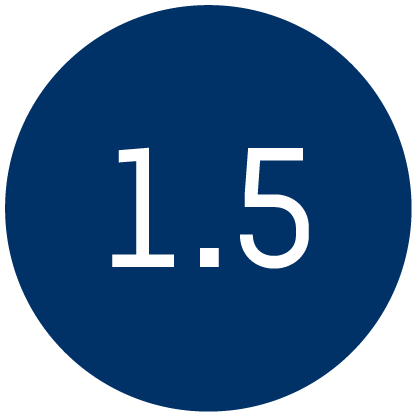 Plotting BMI Trends was completed. In the future, this activity will include an excel spreadsheet that will create the graph versus a printed document where they need to manually plot the weights.
Plotting BMI Trends was completed. In the future, this activity will include an excel spreadsheet that will create the graph versus a printed document where they need to manually plot the weights.
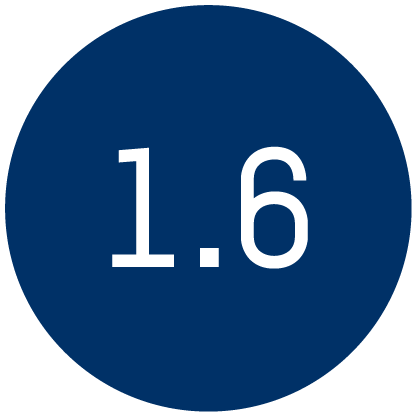 Estimating Energy and Protein Needs was completed. They planned on doing 1.7, Impact of Physical Activity, but ran out of time.
Estimating Energy and Protein Needs was completed. They planned on doing 1.7, Impact of Physical Activity, but ran out of time.
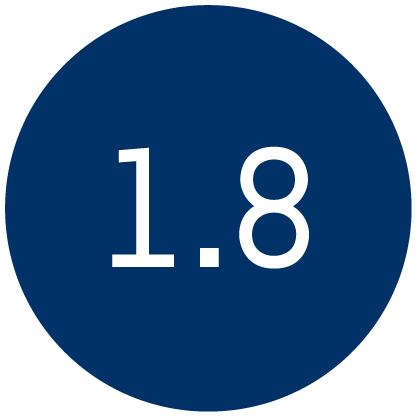 Assessing Knowledge, Beliefs and Attitudes was completed. Prior to completing the activity, the instructor played the videos from her computer for the class to watch together. Then after each video she asked for class participation to identify their impression of Mr Robertson's desire to change and attitude toward weight loss by summarizing what they observed about his non-verbals and learned from his word choice/responses. (Note: This was just an introduction to the patient centered concept since the students won’t have the Counselling class until Spring.)
Assessing Knowledge, Beliefs and Attitudes was completed. Prior to completing the activity, the instructor played the videos from her computer for the class to watch together. Then after each video she asked for class participation to identify their impression of Mr Robertson's desire to change and attitude toward weight loss by summarizing what they observed about his non-verbals and learned from his word choice/responses. (Note: This was just an introduction to the patient centered concept since the students won’t have the Counselling class until Spring.)
Peggy already had a Nutrition Assessment worksheet that she used instead of Activity 1.9, summarizing Nutrition Assessment, so Peggy skipped to Activity 1.10
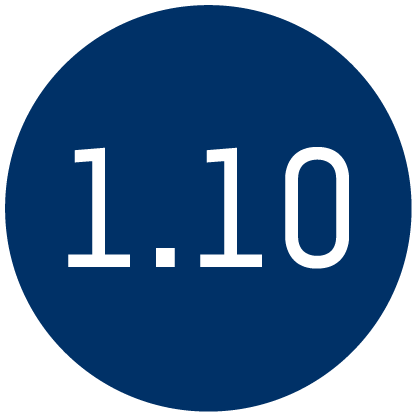 Creating an Initial list of Nutrition Diagnoses was used. Students identified the potential nutrition diagnosis, data used to determine that the nutrition diagnoses might be present, what additional data was needed, and the most important nutrition diagnoses to address. When the students shared their lists, they added an activity to identify the Nutrition Diagnosis' domains. Peggy made the point that diagnoses in the Nutrition Intake domain are often preferred.
Creating an Initial list of Nutrition Diagnoses was used. Students identified the potential nutrition diagnosis, data used to determine that the nutrition diagnoses might be present, what additional data was needed, and the most important nutrition diagnoses to address. When the students shared their lists, they added an activity to identify the Nutrition Diagnosis' domains. Peggy made the point that diagnoses in the Nutrition Intake domain are often preferred.
Peggy contrasted this activity with some similar Nutrition Diagnosis activities in other texts where students were asked to write PES statements, but didn’t really have the concept of identifying all the potential nutrition diagnoses and then NARROWING the list down to the ones that were most important. In other textbook activities, the student often wrote the first three PES they thought of and considered this sufficient to meet the assignment; but there may have been others that would have been better. The critical thinking process of consciously identifiying all appropriate diagnoses and then selecting the most important from a larger list of potential nutrition diagnoses was missing.
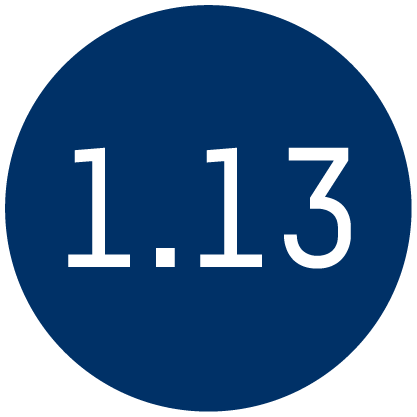 Developing PES Statements was completed as well as the evaluation of the PES Statement. However during this class Peggy also made the point of asking them to think deeply about whether the etiology they identified truly “caused” the problem and think about what type of intervention might be needed (just at the “domain” level, e.g. would it be providing food/nutrients, education, counselling or coordination of care). They were also asked to think about what they would want to monitor and evaluate in order to identify if their care was successful. A key learning point was to look at the signs and symptoms to help identify only the appropriate number and type of monitoring and evaluating criteria rather than “boiling the ocean”.
Developing PES Statements was completed as well as the evaluation of the PES Statement. However during this class Peggy also made the point of asking them to think deeply about whether the etiology they identified truly “caused” the problem and think about what type of intervention might be needed (just at the “domain” level, e.g. would it be providing food/nutrients, education, counselling or coordination of care). They were also asked to think about what they would want to monitor and evaluate in order to identify if their care was successful. A key learning point was to look at the signs and symptoms to help identify only the appropriate number and type of monitoring and evaluating criteria rather than “boiling the ocean”.
Peggy is busy planning how to use other NCPT textbook activities when MNT I starts up in the spring.. She plans to begin with selected activities from the Nutrition Intervention and Nutrition Monitoring activities (1.12 through 1.16) to illustrate the application of nutrition intervention.
It is interesting that even though the answers to Adult Weight Management were in the book (pages 64 to 87), the students didn’t appear to have found them. Or if they did find them, their learning by doing the activities in class was unaffected. However, when starting the second Hypertension case, having a common answer available that described what occurred in the previous dietitian visit will be very helpful.
The Hypertension case includes having the student evaluate CHANGES that Mr Robertson was able to make after the first consultation for Adult Weight Management. Activity 2.1 Completing Nutrition Analysis Activity iii, includes evaluating whether the changes he agreed to make at last visit had actually occurred and the impact on his energy intake. Activity 2.7 Evaluating existing Nutrition Diagnosis, asks students use the Monitoring and Evaluating Indicators to identify the status of the Nutrition Diagnosis (worsening, no progress, improving, resolved, or no longer appropriate).
This illustrates the versatility of the activities but also highlights the need for careful selection of the activities to be used to match the instructor's objectives and curriculum. Most instructors have found that the activities are varied and can be used independently as well as part of a comprehensive case from start to finish. Even though the same actvities occur in each case, other than remedial learning or increasing confidence, the value of completing the same activity decreases with repetition after competence has been achieved.
Information provided by Peggy Turner, The University of Oklahoma Health Sciences Center
More Information on "Flipped Classroom" Concept
Flipping the Classroom, Center for Teaching, Vanderbilt University
The Flipped Classroom: Pro and Con, Edutopia, Geroge Lucas Educational Foundation
Flipped Classroom Infographic, Newton Infographics

